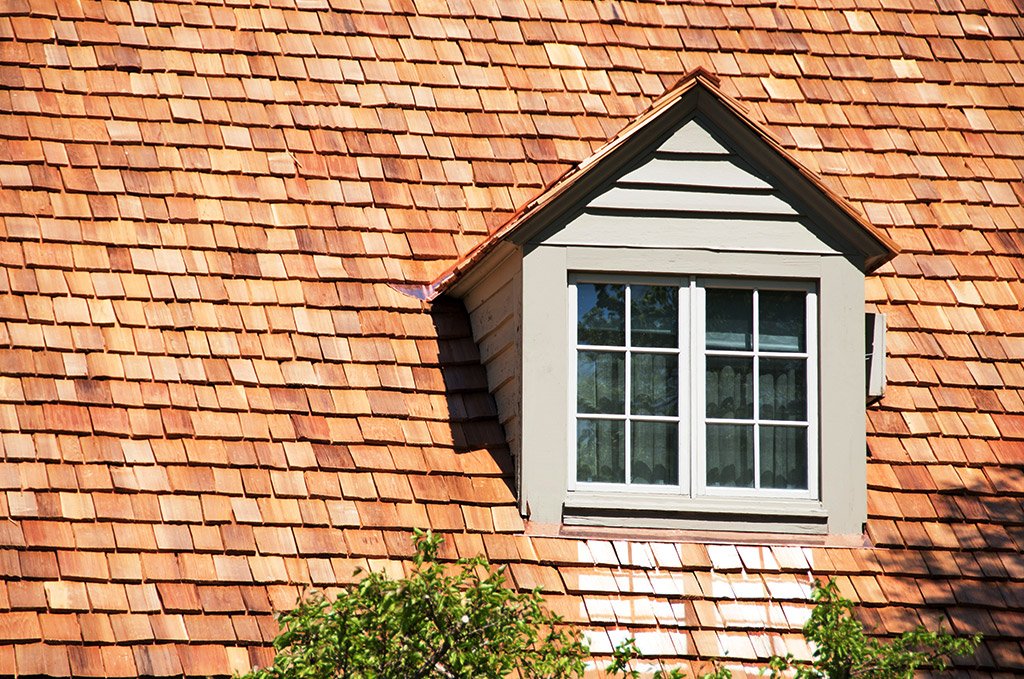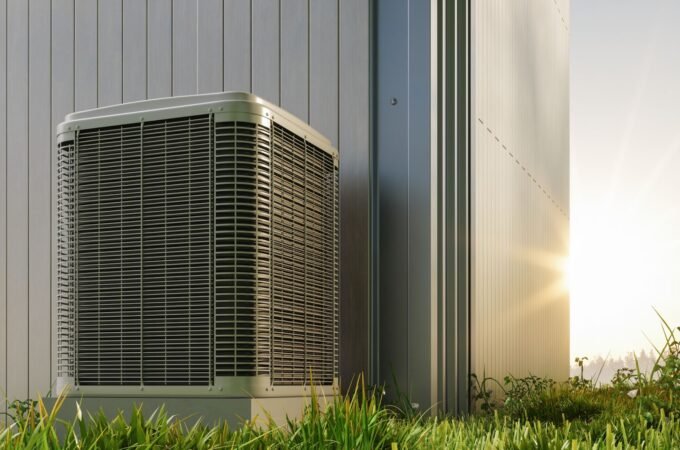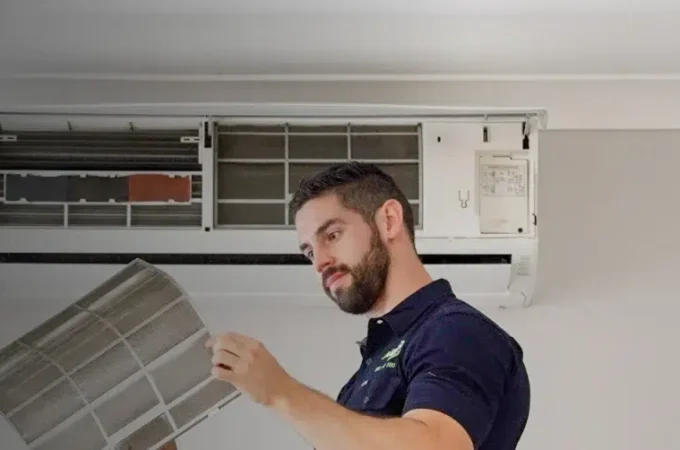
Can You Apply Roofing In The Rain?
It is impossible to get 100 percent accuracy on weather prediction, and roof installers will sometimes find themselves roofing in the rain. Although most roofers claim that it is impossible to work in the rain, it depends on the roof you are installing.
If rain started pouring during a minor roof repair, or replacement, the roofer would find it hard to leave one or five shingles not installed. However, if they were to install a flat roof, it would not be possible to continue with the work in the rain.
No one should compromise on safety in the name of finishing up small work left. Roofs become slippery when it starts to rain, and roofers easily slide and fall. Some falls are fatal, causing death. Installing a roof in the rain has its advantages and disadvantages.
Suppose you, as a homeowner, have to repair or replace your roofing during a rainy season. Consider hiring a reputable roofer who has experience in working in such conditions. You can visit here to find a reliable roofing contractor for such projects.
Advantages of Having Your Roof Installed in The Rain
When repairing the roof in the rain, roofers can identify areas that need attention. This happens if it could not drain water correctly or if pools of water were forming during rain. If your roof always leaks, the rain will also help the roofer identify the leaking spots.
Roofers will determine if the problem is solved or needs more repairs. If you plan to have your roof entirely torn off and replaced, it is advisable to tear it off in sections, especially if you have been experiencing unpredictable rains.
Tearing the whole roof will cause you losses when it starts raining before the parts have been replaced. This is because your house is now fully exposed to other elements, and water will get in, damaging your electronics, furniture, and walls.
When you want to do a roof replacement, it’s vital to consider flexibility. If the raindrops are tiny, the installers can continue with the process. However, if the drops are bigger and accompanied by wind and thunderstorms, it will be unsafe to continue installing.

Other Questions that Homeowners Ask about Roofing in the Rain
Here are the common questions most homeowners ask about roof repairs and installation in the rain.
Is It Possible to Continue Roofing in the Rain Wet Wood?
If your items in the house get exposed to the rain, most roofers will stop the installation process. Contractors advise that your roofing project should occur in a dry environment. That is because moisture causes damage, especially to materials like wood.
Wood quickly absorbs water which causes rotting. It also swells and wrinkles in high humidity, leading to poor installation of the shingles. Your new roof might not last or not be correctly installed if done in the rain. If anything happens, the installers bear the blame.
Most installers will not agree to continue with the work because they will suffer negative reviews if the roof fails. Some homeowners might not understand that installing the roof in the rain is also a possible cause of roofing failure.
Another reason your roofer will not take the risk is because of their safety. Since they stand on the roof while working and are the tallest objects, it could cause accidents if the rain gets accompanied by thunder and lightning.
Roofs also become extra slippery, and the roofers could easily slide and fall during the installation process. It is essential to hire roofers who are licensed and insured. If not, you will have to pay hospital bills if an accident happens.
It is also crucial to ensure the installer has the right working clothes and roofing safety equipment. Not to mention, they should also follow roof installation rules.
What if it Starts to Rain Before They Finish Up the Installation?
The roofers always move with materials to cover your exposed roof when it starts to rain. They will cover the wood to ensure it does not get into contact with water. If that happens, the wood has to dry first before they continue with the process.
In some cases, they will cover a new construction structure to prevent the wood from sucking in water. Some installers will continue with the process, especially if they were doing repairs. It’s because rain helps them identify defects and correct them quickly.

Can You Apply Roofing Tar in the Rain?
Homeowners use roofing tar on their roofs to protect them from being directly in contact with rain, snow and ice, and other elements. This is because your roof is likely to wear down faster when exposed to these elements, and tar is waterproof.
To answer your question, it will depend on the kind of tar you are using to determine if you can apply it in the rain or not. If you are using rubberized tar, then you can continue with the process of applying, even when it starts raining.
You only need to ensure that the area you are working on is clean. It is not advisable to apply normal tar on your roof while it is raining. This is because tar consists of petroleum products, and since the surface is wet, tar might not adhere to it.
You need to apply the tar when the temperatures are not so high because it could start to drip on surfaces, leaving you with extra work to do. If you don’t know how to apply tar on the roof, you need to know the safety measures.
Do not inhale or get into contact with the product. Tar is also delicate to direct sunlight, so don’t leave the tin on the roof. When applying, ensure the rooftop is clean and dry so that the product can adhere to the surface well.
If your roof has holes or is torn, applying tar on them is not a permanent solution. This product keeps your roof protected from harsh elements like wind, snow, rain, and ice.
Final Words
If you want to repair your entire roof, it is advisable to rip off one part at a time. It allows you to protect your households when it starts raining before the roofers finish their work. It’s dangerous for them to continue roofing in the rain because accidents can happen.




